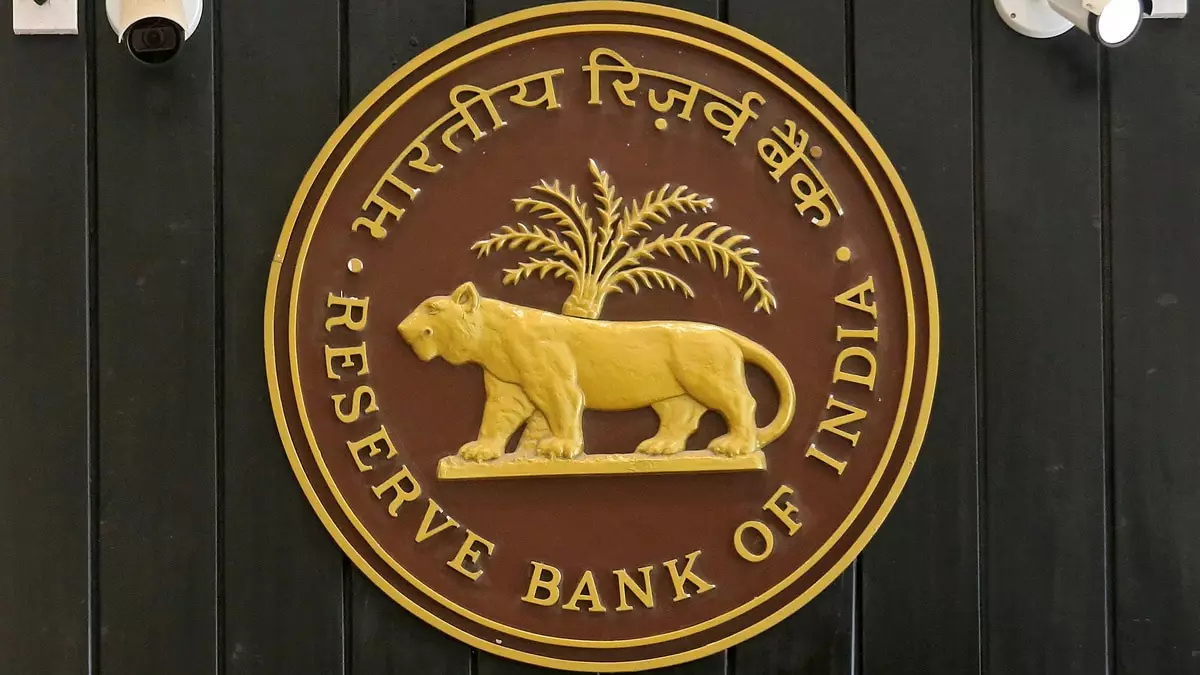On December 30, 2023, the Reserve Bank of India (RBI) published its Financial Stability Report for the upcoming year, unveiling crucial insights about the evolving landscape of financial technologies. At the forefront of the report is the growing phenomenon of asset tokenization, especially on blockchain platforms. The RBI’s evaluation emphasizes that while this innovation shows promise, it is still in its nascent phase. Moreover, as global regulations surrounding cryptocurrencies and blockchain technologies mature, the RBI predicts a significant uptick in asset tokenization applications by 2025.
Asset tokenization refers to the process of converting physical or financial assets into digital tokens on a blockchain, which can then be fractionally owned or traded. The RBI’s report notes a burgeoning interest among investors towards the tokenization of various assets, including bank deposits, government securities, and equities. This digital transformation could herald a new era for financial transactions, reinforcing the ties between the conventional financial ecosystem and decentralized finance (DeFi) systems.
Proponents contend that tokenization enhances liquidity in illiquid assets, enabling fractional ownership. For example, someone owning a piece of land could tokenize it, allowing them to sell shares of that property without relinquishing full ownership. Such innovations could deeply democratize access to previously inaccessible asset classes, altering traditional investment paradigms.
Despite the positive outlook, the RBI raises significant alarms regarding asset tokenization. One of the key points discussed in the report is the potential financial stability vulnerabilities introduced by Distributed Ledger Technology (DLT) — the backbone of most tokenization efforts. The RBI cites issues like liquidity problems, maturity mismatches, and operational fragilities as major concerns. Currently, the risks associated with asset tokenization are assessed to be limited, largely due to its early-stage implementation; however, as the technology evolves, so too could the risks, necessitating close monitoring.
Furthermore, the RBI’s cautious message suggests a need for robust regulatory frameworks to manage these vulnerabilities effectively. Without such frameworks, an acceleration of tokenization might pose threats to the traditional financial stability that the RBI is mandated to uphold.
The RBI’s apprehensions extend beyond just tokenization to encompass the broader crypto landscape. Throughout the report, the bank highlights the unpredictable nature of cryptocurrency prices and the potential repercussions that extensive cryptocurrency adoption could impose on macroeconomic stability. Echoing a synthesis report from the International Monetary Fund (IMF) and the Financial Stability Board (FSB), the RBI warns that widespread cryptocurrency usage could undermine monetary policy, escalate fiscal risks, and challenge global economic stability.
The specter of cryptocurrencies further complicates financial governance, particularly as they could enable capital flight and diminish the resources allocated to productive sectors of the economy. The report remains unambiguous: the RBI continues to view cryptocurrencies with skepticism and emphasizes the necessity of cautious integration with traditional financial mechanisms.
Currently, the Indian government has not established a comprehensive regulatory framework for cryptocurrencies, leaving stakeholders in a state of uncertainty. In contrast, the United States is expected to embrace pro-crypto regulatory changes, potentially paving the way for more significant integration of cryptocurrencies into mainstream finance. Speculations of such movements could catalyze a competitive advantage for the U.S., thereby highlighting the urgency for regulators in India to expedite the development of clear guidelines.
All in all, the RBI’s Financial Stability Report presents a complex and nuanced perspective on asset tokenization and cryptocurrencies. As innovation unfolds, regulatory bodies must strike a balance between fostering financial innovation and safeguarding economic stability. The year 2025 looms large on the horizon, promising pivotal changes in financial frameworks and technological integrations worldwide.
While asset tokenization presents exciting opportunities for investors and the financial system, it is imperative to navigate this landscape with due diligence. Regulatory bodies must be vigilant, proactive, and forward-thinking to mitigate the risks associated with these emerging technologies. The RBI’s cautionary stance serves as a timely reminder that in the pivot towards modernization, the nation must prioritize financial security alongside innovation. As we steer towards a future where digital assets gain more prominence, the interplay between regulatory frameworks and technological advancements will ultimately define the financial stability of nations.



Leave a Reply